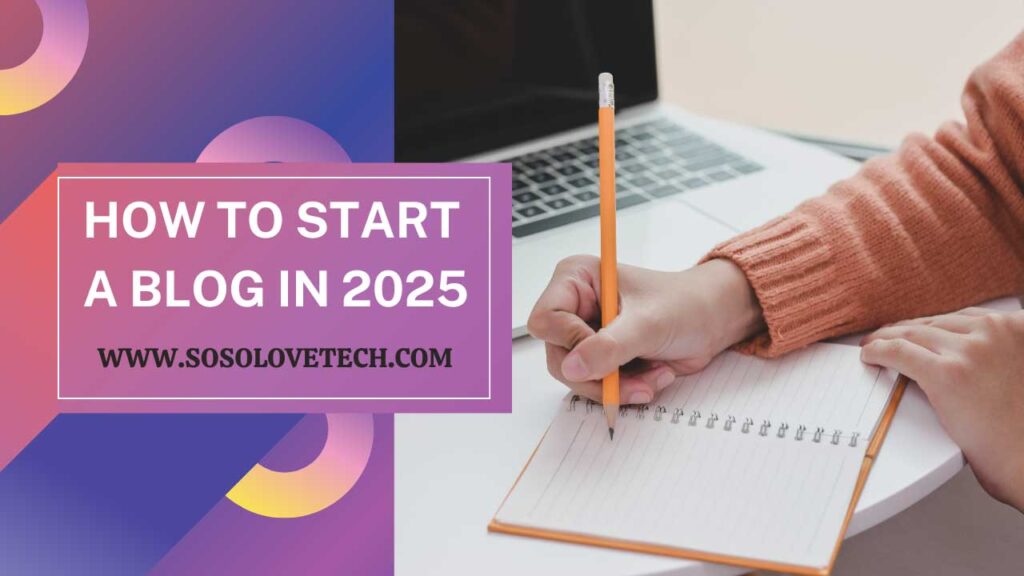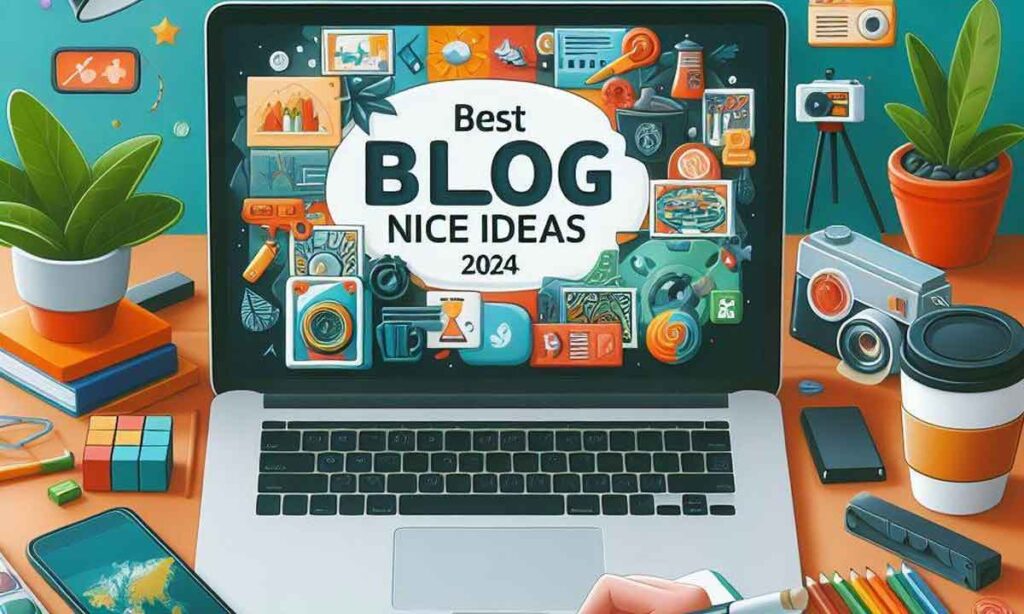In today’s fast-paced digital landscape, businesses face a constant challenge: how to capture and sustain the attention of their target audience. With distractions at every corner and new competitors entering the market daily, audience engagement is no longer optional—it’s a necessity. But what exactly does it mean to engage an audience, and why is it so vital?
In this comprehensive guide, we’ll break down the essence of audience engagement, its different types, why it’s essential, and strategies you can implement in 2025 to foster deeper connections with your audience.
What is Audience Engagement?
Audience engagement refers to the ways in which a brand interacts with its target audience to build relationships, foster loyalty, and encourage active participation. Whether through likes, comments, shares, or meaningful conversations, engagement is about creating a two-way communication channel between a brand and its audience. It’s not just about broadcasting your message but ensuring that your audience feels heard, valued, and involved.
Types of Audience Engagement
Understanding the types of audience engagement can help businesses craft better strategies. Here are the primary types:
- Emotional Engagement
This involves tapping into your audience’s emotions, such as joy, nostalgia, or inspiration. Emotional connections often lead to brand loyalty. For instance, a heartfelt story in a social media post can encourage audiences to share their own experiences. - Social Engagement
Social engagement occurs on platforms like Facebook, Instagram, and LinkedIn, where users can comment, like, share, or participate in polls. This type of engagement is crucial for spreading brand awareness. - Behavioral Engagement
Behavioral engagement refers to how audiences interact with your content or offerings, such as clicking links, downloading resources, or signing up for newsletters. This reflects their active participation in your brand’s ecosystem. - Cognitive Engagement
Cognitive engagement involves stimulating your audience’s thought process. Educational content, in-depth articles, or webinars that encourage deep thinking fall under this category.
Why Is Audience Engagement Important?
Audience engagement isn’t just a marketing buzzword—it directly impacts your brand’s success. Here’s why it matters:
- Builds Trust and Loyalty: Engaged audiences are more likely to trust your brand and become loyal customers.
- Enhances Visibility: Algorithms on social platforms reward engaging content by increasing its reach.
- Boosts Conversions: Higher engagement often leads to better conversion rates, as audiences are more likely to act on brands they connect with.
- Fosters Community: Engaged audiences form communities, where they advocate for your brand and support one another.
- Provides Valuable Insights: Audience interactions can give insights into their preferences, pain points, and expectations, helping refine your strategy.
Top 13 Audience Engagement Strategies with Examples
Follow the best audience engagement strategies in 2025 with examples to grow your audience: –

1. Personalized Content Experiences
Explanation: Personalization makes your audience feel understood and valued, leading to higher engagement rates. By using data (such as browsing behavior, purchase history, or location), you can tailor your messaging to resonate deeply with each segment of your audience.
- Examples:
- Sending personalized email offers based on past purchases.
- Showing location-specific promotions for a product.
- Curating Netflix-style “recommended for you” sections on your website.
- Tools to Use: CRM platforms, AI-driven recommendation engines, or email marketing tools like Mailchimp or HubSpot.
2. Leverage Video Content
Explanation: Videos are one of the most engaging content formats due to their visual and auditory appeal. They’re versatile and can suit various purposes, from education to entertainment.
- Examples:
- Create short-form videos for platforms like TikTok or Instagram Reels.
- Host live Q&A sessions or product demonstrations.
- Share behind-the-scenes content to humanize your brand.
- Trends for 2025: Interactive and shoppable videos that allow viewers to click and purchase directly.
3. Interactive Elements
Explanation: Interactive content encourages participation, making your audience feel more involved. It’s engaging because it offers immediate value or feedback.
- Examples:
- Polls: Conduct polls on Instagram Stories or LinkedIn to gather opinions.
- Quizzes: Offer a quiz to help customers choose a product (e.g., skincare quizzes).
- Interactive Infographics: Allow users to click, zoom, or explore data in creative ways.
- Benefits: Builds trust, makes content memorable, and keeps your audience coming back for more.
4. Create Shareable Content
Explanation: Shareable content grows your reach organically as people share it with their networks. This builds trust, as shared content often comes with personal endorsements.
- Tips to Create Shareable Content:
- Focus on emotional storytelling (humor, nostalgia, or inspiration).
- Provide value through educational content.
- Include visually stunning images or graphics that grab attention.
- Pro Tip: Use data analytics to identify which posts gain the most shares and replicate their format or topic.
5. Focus on Omnichannel Engagement
Explanation: Omnichannel engagement ensures that no matter where your audience interacts with your brand—on social media, email, website, or in-store—they experience a cohesive and unified message.
- Implementation Tips:
- Use consistent branding and messaging across all platforms.
- Connect all touchpoints, like linking email campaigns to social media profiles or retargeting website visitors with personalized ads.
- Use tools like Salesforce or Zoho CRM for omnichannel tracking.
6. Host Live Events and Webinars
Explanation: Live events offer real-time interaction, which fosters a sense of authenticity and immediacy. Webinars also position your brand as an industry expert.
- Examples:
- Host product launches or demonstrations through Instagram Live or YouTube.
- Conduct webinars or panel discussions on topics your audience cares about.
- Organize virtual networking events for professionals in your niche.
- Pro Tip: Promote your events through countdowns, teasers, and limited-time offers to increase attendance.
7. Use AI for Real-Time Interaction
Explanation: AI tools like chatbots and automated customer service platforms enable quick responses, ensuring your audience feels valued even outside business hours.
- Examples:
- Chatbots that guide customers through FAQs or recommend products.
- Personalized shopping assistants powered by AI on your website.
- Real-time engagement tools for customer support or event queries.
- Tools to Explore: Drift, Intercom, or Tidio.
8. Build a Community
Explanation: Communities foster a sense of belonging, making your audience feel connected to your brand and to each other. This builds loyalty and organic engagement.
- Steps to Build a Community:
- Create Facebook Groups or Discord channels for like-minded customers.
- Moderate the space to encourage meaningful discussions.
- Highlight user contributions, such as testimonials or success stories.
- Benefits: Communities generate UGC (user-generated content) and serve as organic hubs for brand advocacy.
9. Focus on User-Generated Content (UGC)
Explanation: UGC is content created by your audience, such as reviews, photos, videos, or social media posts about your brand. It builds trust because it comes from real people.
- Examples:
- Ask customers to share photos of them using your products.
- Run hashtag campaigns to encourage UGC (e.g., #MyBrandStory).
- Offer rewards like discounts or giveaways for the best submissions.
- Pro Tip: Share UGC on your platforms to boost authenticity and engagement.
10. Collaborate with Influencers
Explanation: Influencers have loyal followings and can amplify your brand’s reach. Their recommendations often carry more weight than traditional ads.
- How to Collaborate Effectively:
- Choose influencers whose values align with your brand.
- Opt for micro-influencers for niche audiences with higher engagement rates.
- Co-create content, such as Instagram takeovers or product reviews.
- Pro Tip: Track the ROI of your influencer campaigns using tools like HypeAuditor or Upfluence.
11. Gamify the Experience
Explanation: Gamification adds an element of fun and competition, encouraging users to engage more with your brand.
- Examples:
- Offer reward points for purchases or referrals.
- Create challenges (e.g., a fitness app could have a “30-day workout challenge”).
- Use interactive leaderboards or progress trackers to inspire repeat engagement.
- Benefits: Keeps audiences hooked and fosters repeat interactions.
12. Optimize for Mobile Engagement
Explanation: With mobile usage dominating online traffic, optimizing for mobile is essential to keeping audiences engaged.
- Steps to Optimize:
- Ensure your website loads quickly and is mobile-friendly.
- Use vertical video formats for platforms like Instagram Stories or TikTok.
- Make CTAs (Call-to-Actions) easy to tap and navigate.
- Pro Tip: Test your mobile experience frequently to ensure seamless usability.
13. Use Analytics to Refine Strategies
Explanation: Audience preferences and behaviors change over time. Analytics tools help you identify trends and adjust your engagement strategies accordingly.
- What to Track:
- Social media metrics like shares, comments, and click-through rates.
- Website metrics like bounce rates and time spent on pages.
- Email metrics like open rates and link clicks.
- Tools to Explore: Google Analytics, Hootsuite, or Sprout Social.
FAQs About Audience Engagement
1. What is audience engagement in marketing?
Audience engagement in marketing refers to the interaction and participation of your audience with your brand’s content, products, or services. It involves creating meaningful connections that build loyalty and trust.
2. How can I measure audience engagement?
Audience engagement can be measured through metrics like social media interactions (likes, comments, shares), website analytics (click-through rates, time on page), email open rates, and participation in events or surveys.
3. Why is audience engagement crucial for small businesses?
For small businesses, engagement fosters community and loyalty. It helps differentiate the brand in a competitive market and creates advocates who spread the word organically.
4. What are examples of interactive content?
Examples of interactive content include polls, quizzes, calculators, augmented reality (AR) experiences, and virtual try-ons.
5. How can I improve engagement on social media?
To improve engagement on social media, post consistently, respond to comments, use engaging visuals, host contests or giveaways, and leverage trending topics to stay relevant.
6. Can audience engagement lead to higher sales?
Yes, engaged audiences are more likely to trust your brand, which increases the likelihood of conversions and repeat purchases.
Conclusion
In 2025, audience engagement isn’t just about grabbing attention—it’s about creating meaningful relationships that drive long-term loyalty and advocacy. By understanding the different types of engagement and implementing strategies like personalization, video content, and community building, brands can thrive in an increasingly competitive digital environment.
Remember, the key is to remain authentic, consistent, and audience-focused. With these strategies in your arsenal, you’re equipped to captivate your audience and foster connections that stand the test of time.
Now, it’s your turn to put these strategies into action and see how they transform your brand’s relationship with its audience.

